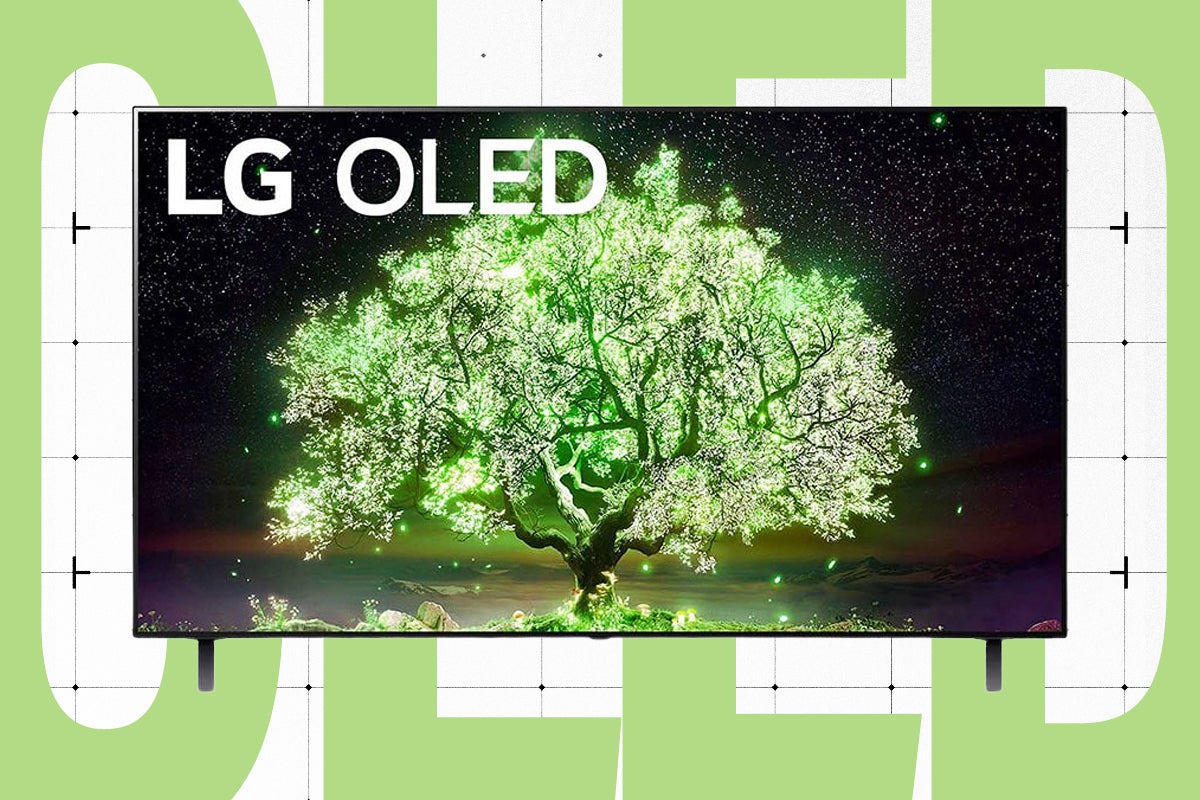What is Mini LED? The screen tech explained in detail
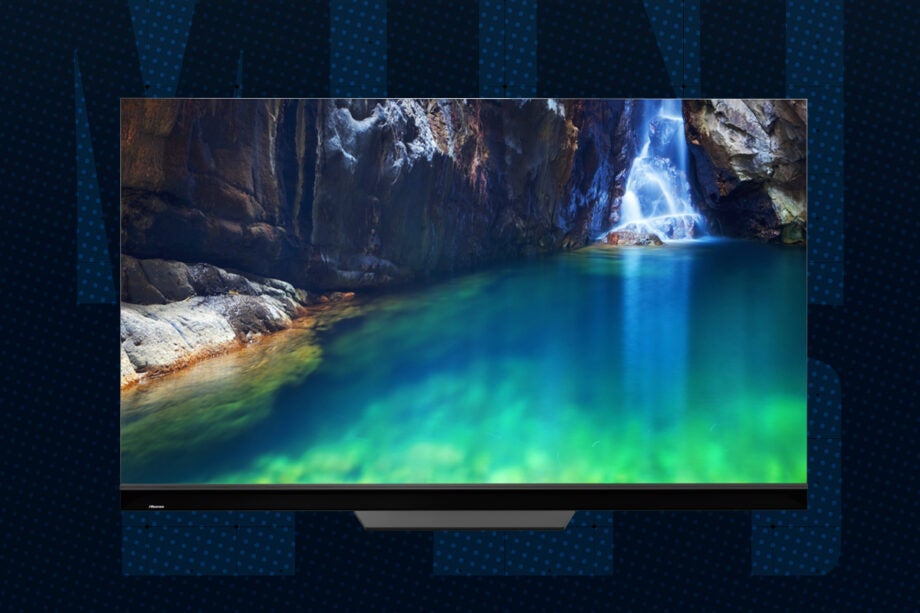
Mini LED is a display technology that’s become increasingly popular in TVs and tablets.
It sees itself as a more affordable rival to OLED holding some advantages over OLED that make it a more practical choice in certain situations and environments.
We’ll explain all about what Mini LED is, how it works, what its benefits are, and how it compares to other types of displays. Then you’ll have all the knowledge to see whether it’s worth investing in a device that has a Mini LED display.
What is Mini LED?
There seems to be many ways of writing the world Mini LED. Sometimes you’ll see it as MiniLED, Mini-LED, or mini-LED but they’re all referring to the same backlight display technology.
Mini LED are smaller versions of ‘conventional’ LEDs used in displays to emit light. It’s an advancement of existing LCD LED technology rather than something altogether new.
By making the LED form factor smaller, it allows for more LEDs to be fitted into the same space. This number can range into the hundreds, thousands, and even tens of thousands of LEDs fitted into a display, depending on the size of the screen.
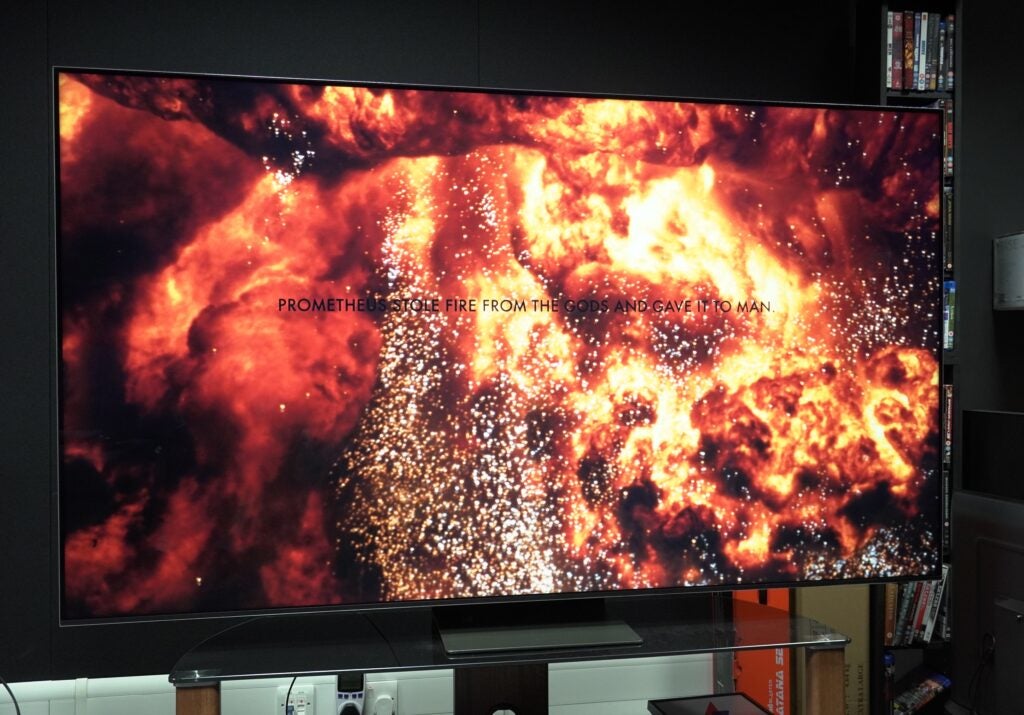
More LEDs create more dimming zones. More dimming zones presents greater control over aspects such as contrast (difference between dark and bright parts of an image), black levels and blooming, which concerns halos of light that appear around bright light sources in an image. However, don’t assume that because a TV has more dimming zones that it is irrefutably a better TV.
TV manufacturers take a different approach to designing the Mini LEDs that go into their backlights. Samsung has their own approach, Sony another, along with the likes of TCL. In short, the lens packaging for each LED allows for more light to be emitted which results in a brighter image, and that makes a Mini LED display a good choice for HDR content or viewing in bright environments.
Mini LED vs Micro LED vs OLED
How does Mini LED differ from other displays? MICRO LED uses micrometer-sized LED lights that eliminates the backlight and colour filters used in LCD LED displays for a thinner design.
Where MICRO LED differs from Mini LED is that it is a self-emissive technology – each pixel can be switched on or off (like OLED). That adds complexity to the production process as well as cost. Each pixel structure in a MICRO LED display produces its own light and colour, and that gives it the ability to produce lifelike colours and bright images.
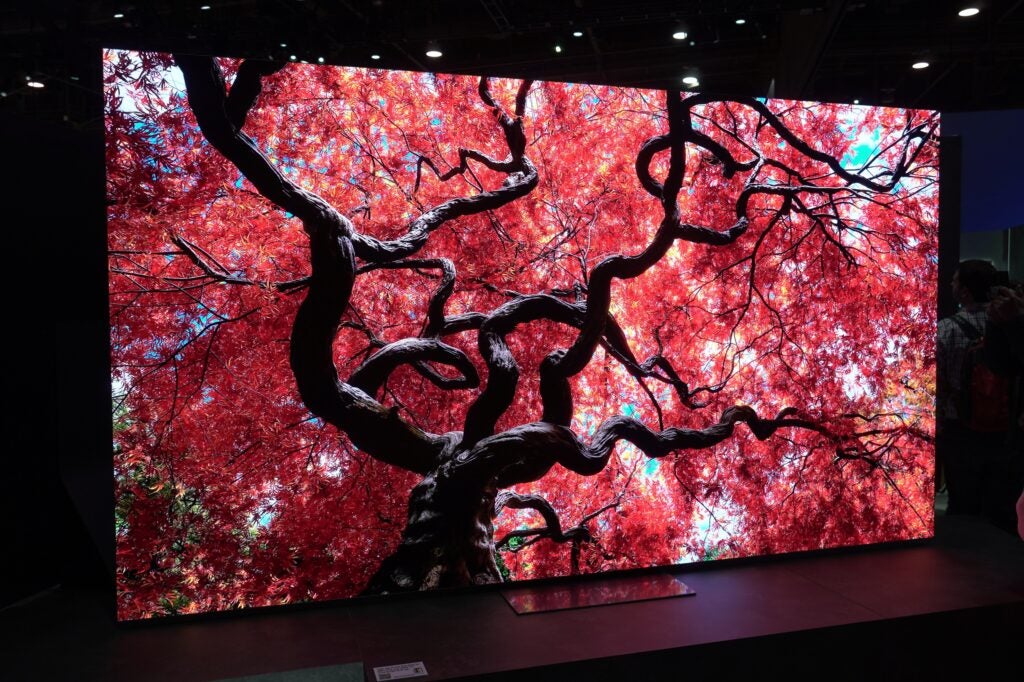
Much like Mini LED, it’s happy to push brightness levels further. And despite being a self-emissive display like OLED, it’s made from inorganic materials, meaning a MICRO LED screen can last a long time, and won’t suffer from the image retention that can affect OLED screens. It’s not cheap either. Samsung’s 110-inch MICRO LED TV is a wallet-hungry £149,999.
OLED stands for Organic Light-Emitting Diode. Each pixel is self-emissive and produces its own light. Like MICRO LED, a pixel that’s ‘on’ can sit next to a pixel that’s ‘off’, helping to deliver deep black levels, a high contrast ratio and wide viewing angles.
OLED can’t go as bright as either Mini or MICRO LED for a few reasons, one of which is ABL (Auto-Brightness Limiter) technology. This is beginning to change with new panels such as LG Display’s MLA and META boosting algorithms helping to boost brightness, as well as Samsung Display’s QD-OLED technology.
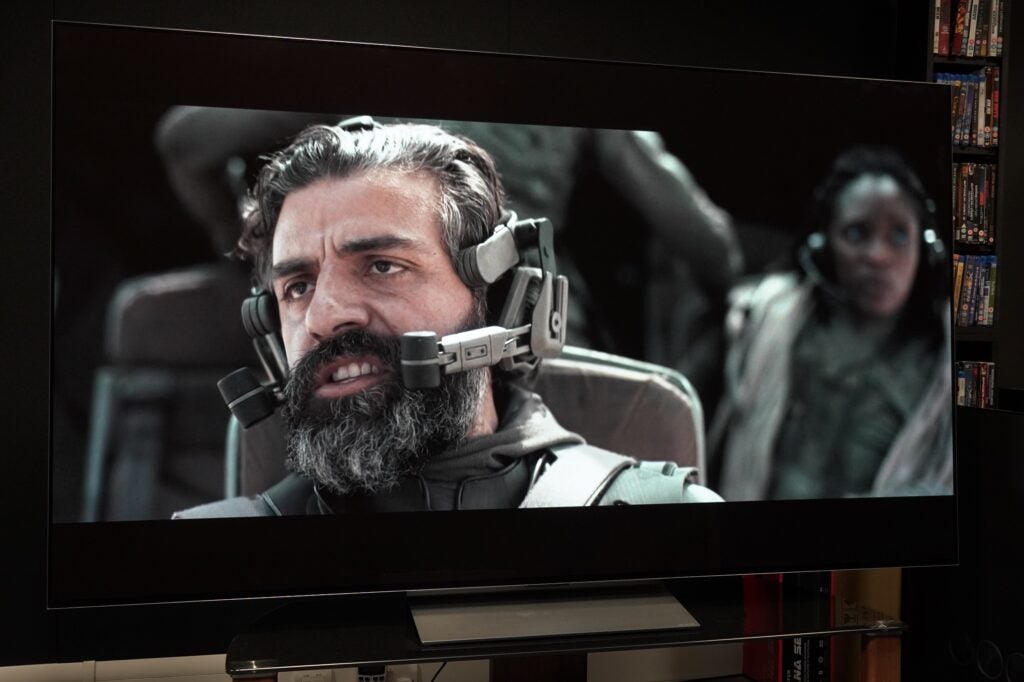
OLEDs can suffer from image retention or burn-in, where static images are retained in the screen. The former is temporary, while the latter is harder to get rid of.
While burn-in can happen, it shouldn’t with normal use. Brands that use OLED displays integrate features such as pixel refreshing technologies and dynamic screensavers to mitigate it. However, given OLED uses organic materials, picture quality will deteriorate over the panel’s lifespan which is not an issue you get with Mini LED or MICRO LED.
Who makes Mini LED TVs?
Chinese electronics manufacturer TCL has had success with its affordable Mini LED TVs in the US and Europe, while Samsung’s adopted the display tech for its Neo QLED TVs. Samsung makes use of its own design for the LED packaging to be brighter and more light efficient and when married to Quantum Dot filters, the results have been impressive, especially with its 8K models such as the QN900D.
Both LG and Philips launched Mini LED TVs in 2021. LG’s interpretation is branded under QNED (Quantum Nanocell Emitting Diodes) and come in larger sizes that covers 8K and 4K resolutions. Philips positions its Mini LED models under the Xtra brand name with the PML9008 and PML9308 being the most recent additions.
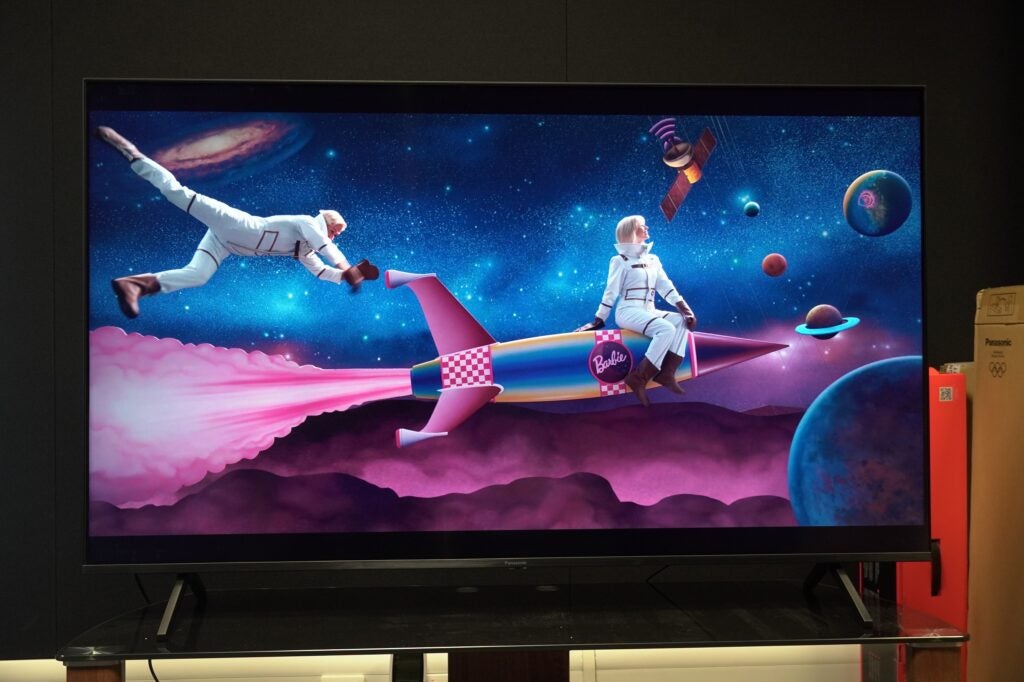
Panasonic launched its first Mini LED TV in 2023 in the MX950, a TV we felt was very impressive when we reviewed it.
For TV brands, Mini LED has a greater impact at bigger sizes. However, it’s been miniaturised to work in smaller displays such as Apple’s 12.9-inch iPad Pro, which we thought was very good but still susceptible to issues such as blooming.
What are the disadvantages of Mini LED?
While Mini LED can offer an excellent experience, it doesn’t suffer from a few issues.
It can still be affected by blooming, a halo or haze of light around bright images that can distract when seen. That can affect the levels of contrast, as well as black uniformity (the consistency of black levels) something that’s not an issue with OLED TVs.
There remains the built-in issues with handling motion as Mini LED lacks the slicker and instant response of OLED. You can still get motion instability and tearing on Mini LED TVs.
Should you buy a Mini LED display?
The idea behind Mini LED is to approach the level of black depth that OLED panels can offer, as well as deliver high levels of contrast, colour accuracy and high brightness. Out of the products we’ve tested from TVs to tablets, it certainly lives up to its potential.
The technology is still relatively expensive, at least in the UK, and still afflicted by problems that affect LCD LED screens such as blooming and backlight control. It’s not available in many smaller sizes as it is best suited to big screen sizes (at least with TVs).
If you love films and gaming, OLED is the more capable choice. But if you’re someone who uses screens outside or in environments where there’s plenty of ambient light, the brightness and level of precision a Mini LED display offer makes more sense.







